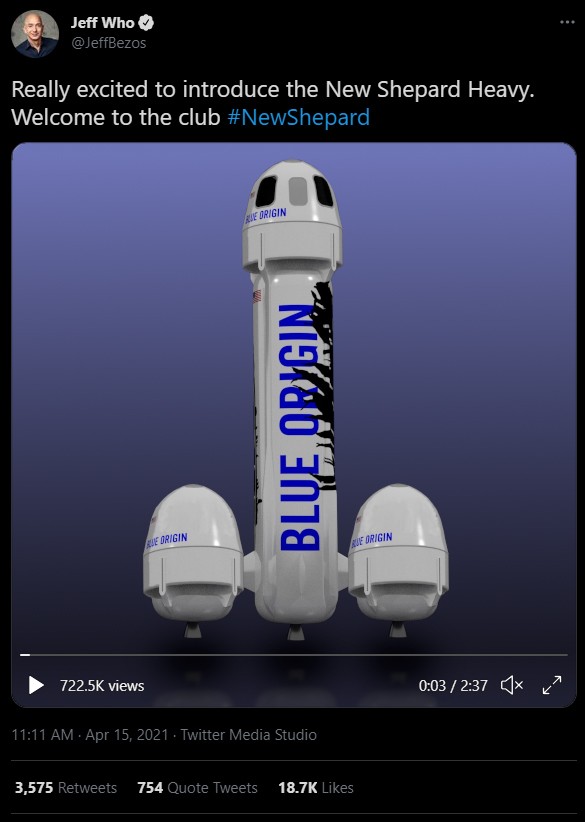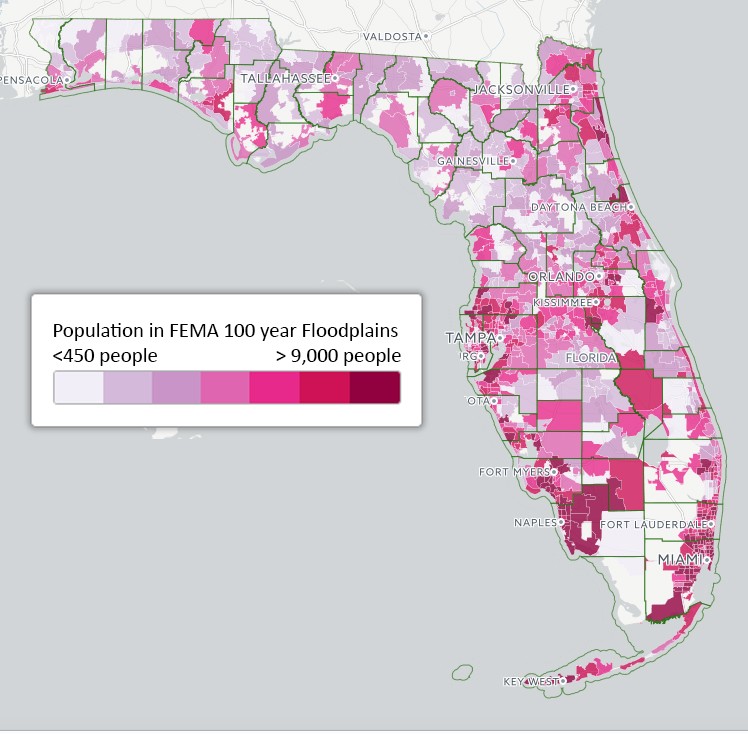|
|
|
kingdragonfly: Tweet from Hayden Clarkin: 9 minute flight
Elon Musk took a 9 minute flight to San Francisco from San Jose, which is 5 stops on Caltrain. I literally have no words.
Hayden followed up "Oh great point, the airport Musk used, SFO, and San Jose would be a stop away from each other on the high-speed rail project project he's tried to derail,"
Mr Musk has been a vocal critic of a proposed high-speed rail project connecting major cities in California.
One user tweeted. "But women should have more children to conserve the human race, meanwhile Bad Boys Billionaires can continue making Earth uninhabitable,"
...
I thought a Helicopter would bet be suited for trip like this.
cruxis:
I thought a Helicopter would bet be suited for trip like this.
No, rail is. That is the point being made.
Plesse igmore amd axxept applogies in adbance fir anu typos
kingdragonfly: In good news, and the ultimate self-deprecation. I'm definitely going to be giving business to Patagonia.
The Guardian: Yvon Chouinard – the ‘existential dirtbag’ who founded and gifted Patagonia
The publication of a magazine article in 2017 “really, really pissed off” Yvon Chouinard, the mountain climber turned reluctant businessman and founder of outdoor clothing company Patagonia.
In the article, Forbes crowned Chouinard as a billionaire and added him to its list of the world’s richest people. While many people daydream of achieving a nine-zero fortune, for Chouinard it was a sign he had failed in his life’s mission to make the world a better and fairer place.
The Forbes article set him on a journey to find a way of giving away Patagonia, the company he founded almost 50 years ago with a mission to help fellow climbers.
This week he achieved that aim, announcing that he was giving away all of the shares in Patagonia to a trust that will use future profits to “help fight” the climate crisis.
...
His efforts in Chile are controversial,
Buying up large tracts of high country and turfing out the small stock runholders to allow the place the "re- wild"- and essentially create parks that are highly attractive to westerners who usually fly to Chile to enjoy it...
"Patagonia’s controversial new national park"
https://www.theguardian.com/travel/2015/nov/02/parque-patagonia-chile-new-national-park
"It’s prime time to visit Patagonia’s brand new park—before anyone else even knows it’s there."
https://www.backpacker.com/trips/fresh-tracks-in-chile-a-first-look-at-patagonia-park/
wellygary:
[
Buying up large tracts of high country and turfing out the small stock runholders to allow the place the "re- wild"- and essentially create parks that are highly attractive to westerners who usually fly to Chile to enjoy it...
And I guess you have to wonder if a park that attracts overseas visitors with ensuing CO2 emissions from air travel and so on is actually better for the climate than farmland.

Rikkitic:
cruxis:
I thought a Helicopter would bet be suited for trip like this.
No, rail is. That is the point being made.
Rail is public transport. Why would you mix with the public if you could afford not to? I would fly everywhere in a private jet if I could afford the bill - it must be bliss.

kingdragonfly: Florida's getting pounded by another "1 in 500 years" hurricane. Remember that is it fall in the USA, so very late for a hurricane.
...
From NOAA’s official hurricane website…..
“The peak of the Atlantic hurricane season is September 10, with most activity occurring between mid-August and mid-October.”
So, facts I guess 🤷♂️
“We’ve arranged a society based on science and technology, in which nobody understands anything about science technology. Carl Sagan 1996

kingdragonfly: I would have thought it would be when the Atlantic was warmer, in summer.
With these "1 in x hundred" events becoming regular events, I wouldn't want to be an insurer in Florida.
It will be BAU. Warmer waters means more fuel. Warmer air, also due to climate change can hold more moisture. Weather gets wilder so more wind = more storm surge
Instead of being 1 in 1000 year rainfall, 1 in 500 years etc, the public needs to be told this is just a weather event within predictable parameters.
It may actually be a 1 in 3 year event
tdgeek:
Instead of being 1 in 1000 year rainfall, 1 in 500 years etc, the public needs to be told this is just a weather event within predictable parameters.
It may actually be a 1 in 3 year event
Knowing whether an event is 1 in 100 years or 1 in 1000 or 1 in 3 is really important for things like infrastructure design. How high should a bridge be above a river? The amount that you spend on construction depends on the expected life of the bridge, and how strong/high it needs to be to withstand events expected over that life. It costs a lot more to build a bridge that is strong enough to withstand a 1 in 100 year event vs a 1 in 10 year event. Let's say you want to build a bridge to last 50 years. You would probably accept the risk of a 1 in 1000 event destroying the bridge, or even a 1 in 100 year event if you felt lucky, but you couldn't accept a 1 in 10 year risk.
The problem is that these risks are based on past weather history. If you have 200 years of recorded history, and only 2 events of a particular magnitude, you would label those events as 1 in 100 years. But climate change means the past is no longer a good indicator of the future, so it's much more difficult to say whether a particular event's probability is 1 in 100 years or 1 in 10 years.
The other problem is that infrastructure has been built over the last century based on historical climate. So, say a bridge was built in 1980 for all but 1 in 100 year events. But events that used to be 1 in a 100 years are now occurring (say) once in 10 years, so that bridge will inevitably get destroyed long before its designed end of life, and a new, stronger or better located or higher bridge will need to be built.
So climate change is a triple-whammy...
Some ‘Facts’ about “Ian” that may be of interest. Of the hurricanes that have been recorded to affect Florida*, “Ian” ;
Is the 4th equal in wind strength @ 240km/h, the greatest is the 1935 “Labor Day” hurricane that reached 295km/h,
Is the 9th equal lowest atmospheric pressure at 940 hPa, the 1935 once again being the most extreme at 892hPa,
To be in the ten deadliest hurricanes, its death toll will need to exceed 372. To be the worst there will need to have been more than 2500 deaths.
I have no doubt its cost in lives and wealth will be devastating. But am wary of “Worst Ever” headlines that are not borne out by facts. But as the saying goes, never let that stand in the way of a ‘good’ story.
* Data from HURDAT statistics published by the US Hurricane Center.
“We’ve arranged a society based on science and technology, in which nobody understands anything about science technology. Carl Sagan 1996
|
|
|
